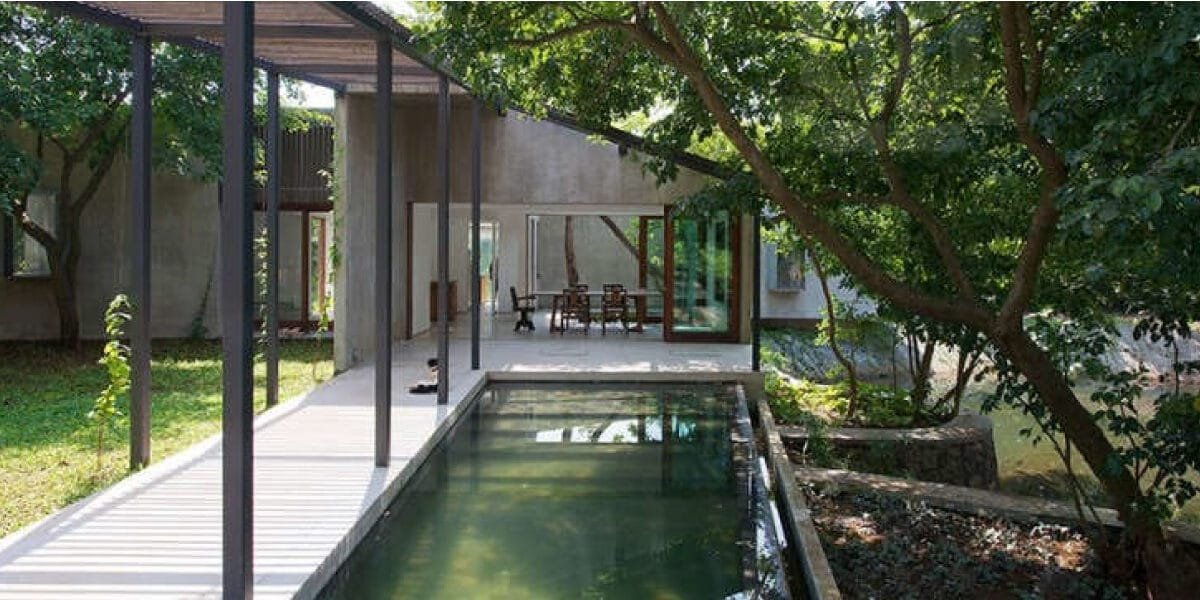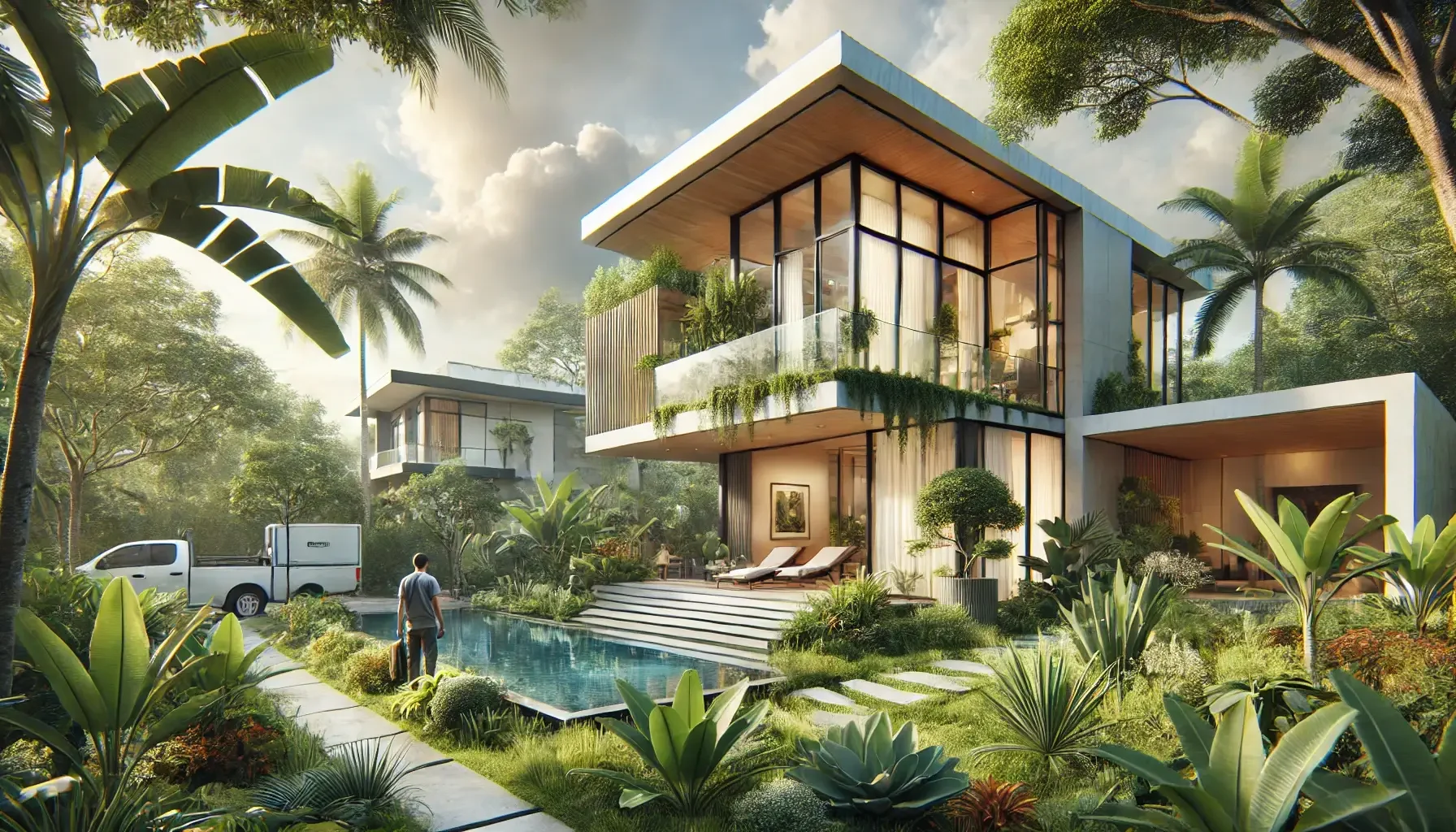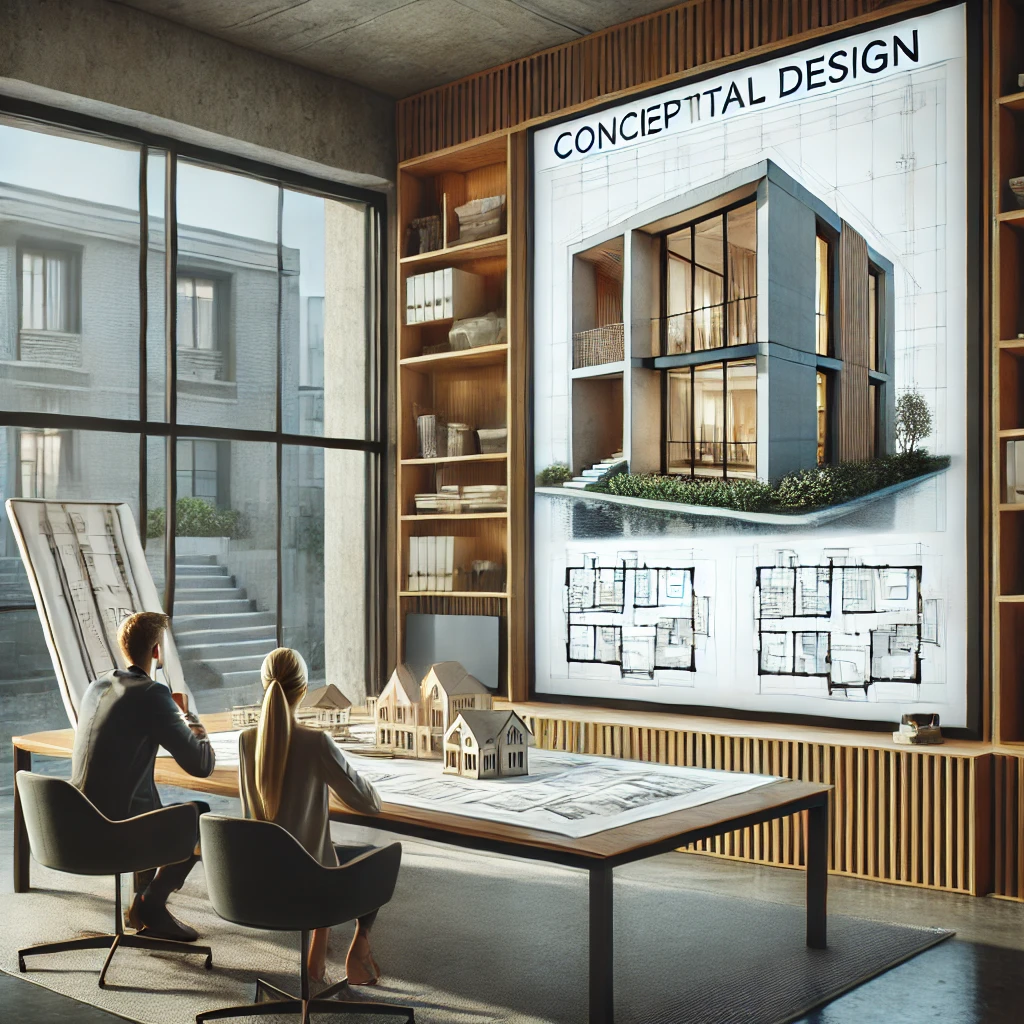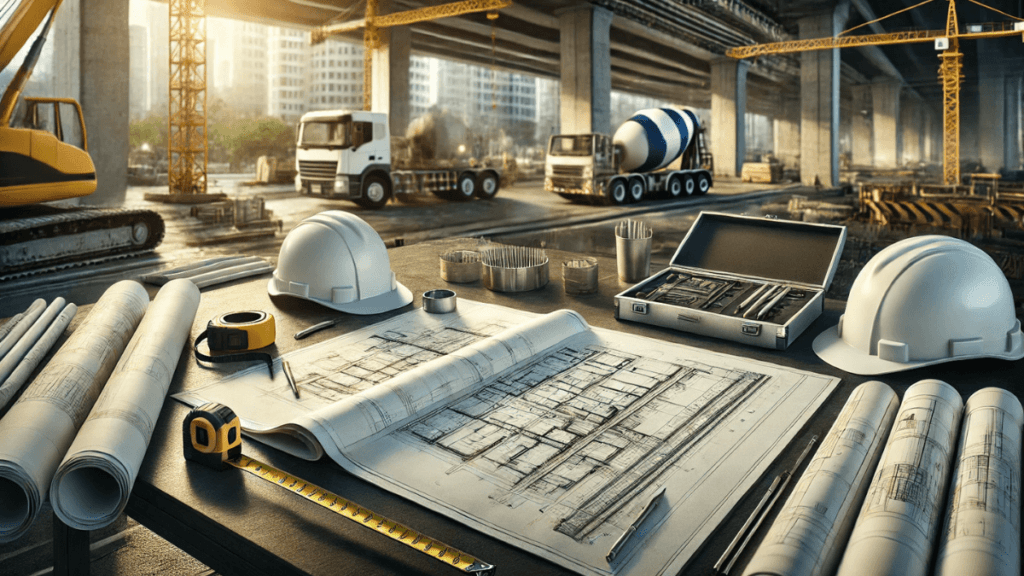Introduction
Architectural design is more than just drawing plans and constructing buildings—it’s an art form that shapes the way we live, work, and interact with our environment. From the intricate details of a home’s interior to the grand structures that define city skylines, architectural design encompasses creativity, functionality, and sustainability. In this guide, we’ll delve into the world of architectural design, exploring its importance, principles, and the latest trends shaping our built environment’s future.
What is Architectural Design?
At its core, architectural design is the process of planning, designing, and constructing buildings and other physical structures. It combines art and science to create functional spaces that meet aesthetic, cultural, and environmental needs. Architectural design is not just about the physical appearance of a building; it’s about understanding its users’ needs and creating beautiful and functional spaces.
The Importance of Architectural Design
- Enhances Quality of Life: Well-designed spaces can significantly improve the quality of life for their occupants. Considerations like natural lighting, ventilation, space optimization, and ergonomics contribute to the comfort and well-being of the inhabitants.
- Reflects Cultural Identity: Architecture often serves as a cultural symbol. It reflects the values, beliefs, and history of a community or region. Architectural design plays a critical role in preserving cultural heritage while adapting to modern needs.
- Promotes Sustainability: Modern architectural design increasingly focuses on sustainability. The use of eco-friendly materials, energy-efficient systems, and innovative technologies can reduce a building’s carbon footprint and promote environmental responsibility.
- Drives Economic Growth: Architectural projects often stimulate economic activity, from construction jobs to increased tourism. Iconic structures can become landmarks that attract visitors and investors alike.
Principles of Architectural Design
- Balance and Symmetry: Achieving visual stability in a design is crucial. Balance can be symmetrical or asymmetrical, depending on the designer’s intention to evoke a sense of harmony or dynamic movement.
- Proportion and Scale: Understanding the relationship between different elements in a design ensures that the building is in harmony with its surroundings and human scale. This principle helps in creating spaces that feel comfortable and intuitive.
- Functionality: A fundamental aspect of architectural design is functionality. Spaces should be designed with the end-user in mind, ensuring that every element serves a practical purpose while maintaining aesthetic appeal.
- Materials and Texture: The choice of materials can define the character of a building. Architects carefully select materials not only for their durability but also for their ability to convey texture, warmth, and context within the environment.
- Light and Space: The manipulation of natural and artificial light is a powerful tool in architectural design. Proper lighting enhances the spatial experience, creates ambiance, and highlights architectural features.
Current Trends in Architectural Design
- Sustainable Design: There is a growing emphasis on green building practices. This includes the use of renewable energy sources, green roofs, recycled materials, and passive solar design. Sustainability is not just a trend but a necessity for future-proofing buildings against environmental challenges.
- Smart Buildings: The integration of technology in architectural design is revolutionizing how buildings function. Smart buildings incorporate advanced systems for energy management, security, and communication, creating more efficient and responsive environments.
- Biophilic Design: This trend focuses on connecting occupants more closely to nature. By incorporating natural elements like plants, water features, and natural light, biophilic design aims to enhance physical and mental well-being.
- Adaptive Reuse: Repurposing existing structures for new uses is a sustainable and cost-effective trend. Adaptive reuse not only conserves resources but also preserves the historical and cultural fabric of urban landscapes.
- Minimalism: The “less is more” approach continues to influence architectural design. Minimalist design focuses on simplicity, functionality, and clarity, stripping away unnecessary elements to reveal the essence of a space.
How to Choose the Right Architect for Your Project
Selecting the right architect is crucial for the success of any construction project. Here are some tips to guide your decision:
- Experience and Expertise: Look for an architect with a proven track record in the type of project you are undertaking. Their portfolio should demonstrate versatility and creativity in tackling similar challenges.
- Communication and Collaboration: Effective communication is key to a successful design process. Choose an architect who listens to your needs, communicates ideas clearly, and is open to feedback.
- Innovative Thinking: A great architect is not afraid to push boundaries and explore new ideas. They should be able to combine creative vision with practical solutions to meet your goals.
- Commitment to Sustainability: If sustainability is important to you, ensure that your architect shares this commitment and is knowledgeable about green building practices and materials.
- Reputation and References: Always check references and reviews. Speaking with past clients can provide insight into the architect’s reliability, work ethic, and ability to deliver on time and within budget.
Conclusion
Architectural design is a dynamic field that shapes our environment and influences our daily lives. Whether you’re planning a residential home, a commercial building, or a public space, understanding the principles and trends of architectural design can help you make informed decisions. By embracing innovative design, sustainability, and functionality, you can create spaces that are not only aesthetically pleasing but also enhance the quality of life for those who use them.
Call to Action
Are you ready to transform your vision into reality? Contact us today at teamjmg@googlegroups.com or call us at 09996196855 for a free consultation. Let’s build something extraordinary together!
Connect With Us
Stay updated with the latest in architectural design and construction by following us on Facebook www.facebook.com/lenslogroupofcompanies







Pingback: Architectural Design Services Philippines: Top 5 Solutions by JMG Architects